People often wonder if it’s safe to use a thicker oil or a thinner oil than what their engine manufacturer recommends. A common question is whether it’s safe to use 10W-30 instead of 5W-30 oil, for example. While it’s best to use what’s recommended in your owner’s manual, inadvertently using a viscosity one grade higher or lower than what’s recommended generally poses no long-term harm.
Let’s look at two examples to illustrate.
Brad buys a new car that requires 0W-20 motor oil. He hangs around enough gearheads to have heard the old axiom that “higher viscosity oil equals better wear protection.”
Wanting the best protection possible for his new ride, he drains the 0W-20 that came from the factory and installs 15W-50 racing oil.
Next we have John. He’s a cost-savings enthusiast, so he buys a 1998 Toyota Corolla. It calls for 5W-30 motor oil. But he has some 10W-30 in his garage, so he uses it to change the oil. No sense wasting good oil.
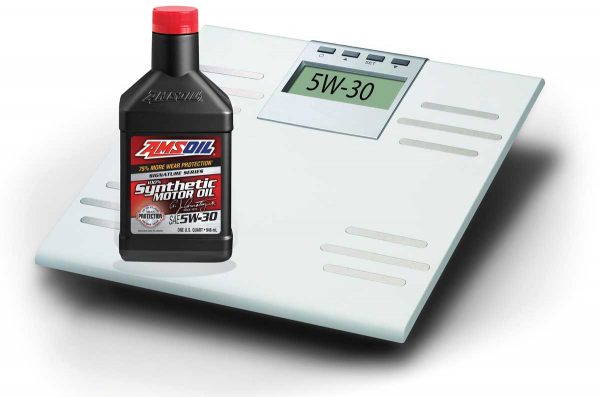
Engines are Built to Use a Certain Viscosity of Motor Oil
Today’s advanced engines are built with much tighter tolerances than their predecessors. The clearances between the crankshaft journals and main bearings are tighter, for one. This is purposely done to allow modern engines to use lower-viscosity motor oil, like 0W-20 and even 0W-16.
Lower-viscosity oils reduce internal friction since they flow more easily than higher-viscosity oils, improving fuel economy. With fuel-economy standards growing more strict, automakers are leaning toward low-viscosity lubricants to help them meet the requirements.
Thicker Oil May Not Flow Quickly Enough
In Brad’s case, his 15W-50 racing oil may be too thick to flow quickly enough to fill the spaces between the crank journals and main bearings while the engine is running.
The oil won’t form a consistent lubricating film, allowing metal-to-metal contact and wear. His engine was designed specifically to use a lower-viscosity oil, in this case 0W-20. Its lower viscosity allows it to flow faster and fill the tiny clearances between parts, leading to a durable, consistent lubricating film.
Not only that, but the engine will waste energy pumping the thicker oil, reducing fuel economy. Since thicker oil doesn’t transfer heat as well as thinner oil, operating temperatures will increase, possibly leading to accelerated chemical break down (called “oxidation“) and harmful sludge and deposits.
For a deeper dive on oil viscosity, check out this post.
Some Oil Viscosity Differences are Less Pronounced
In John’s case, using 10W-30 instead of 5W-30 creates fewer potential issues.
His older engine isn’t built with the same tight tolerances as Brad’s engine. Also, both oils are the same viscosity once the engine has reached operating temperature. He knows this because the second number in each oil’s viscosity rating (i.e. “30”) is the same. It describes the oil’s resistance to flow at 212°F (100°C), or normal operating temperature.
Using 10W-30 instead of 5W-30, however, could make cold starts more difficult.
It’s helpful to think of the “W” as standing for “winter.” The lower the oil’s “W” viscosity, the more readily it will flow when cold. In this case, 5W-30 will flow more easily at startup than 10W-30.
In fact, some automakers allow you to switch to a lower viscosity oil depending on weather.
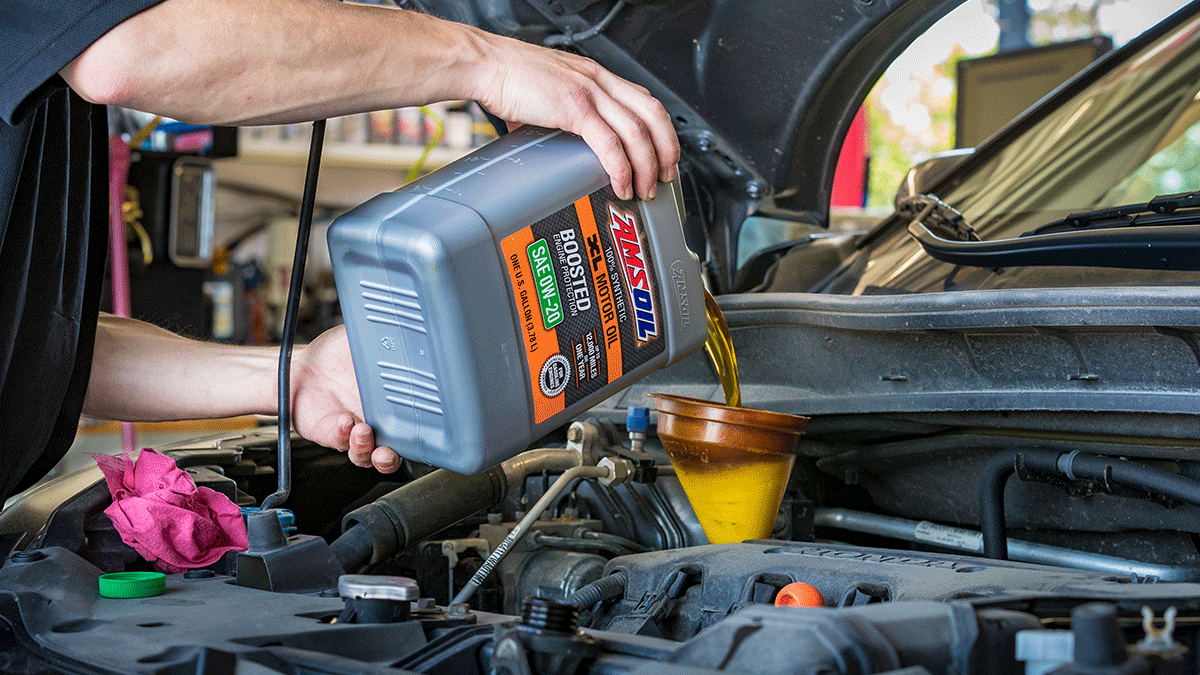

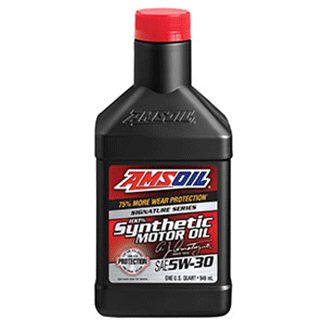

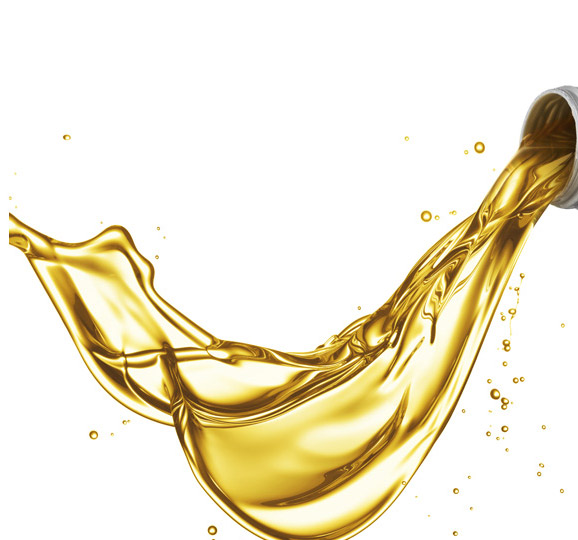
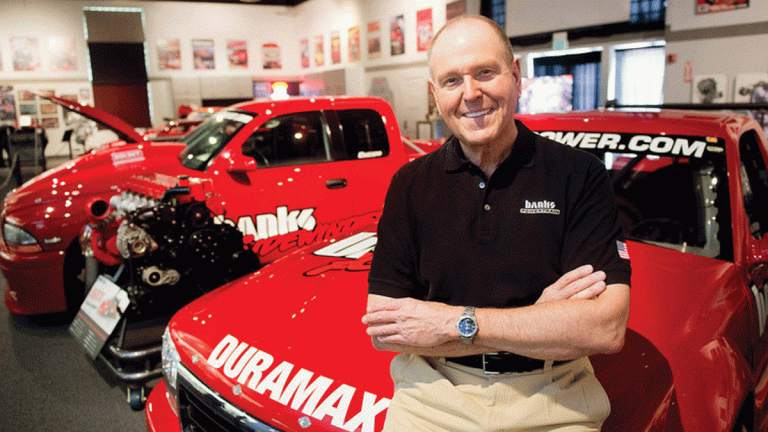
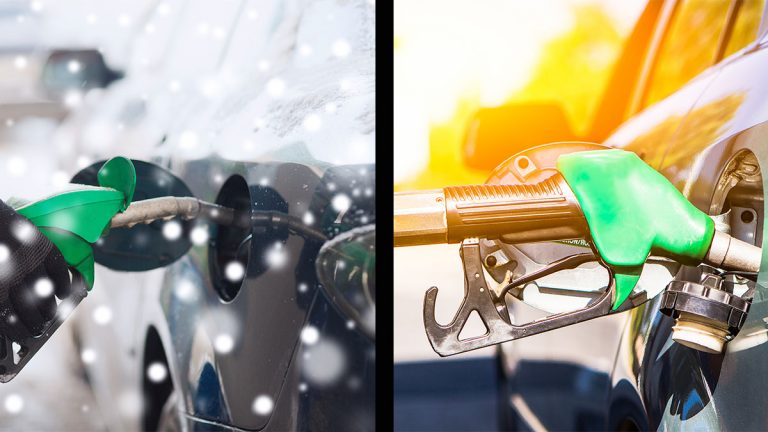
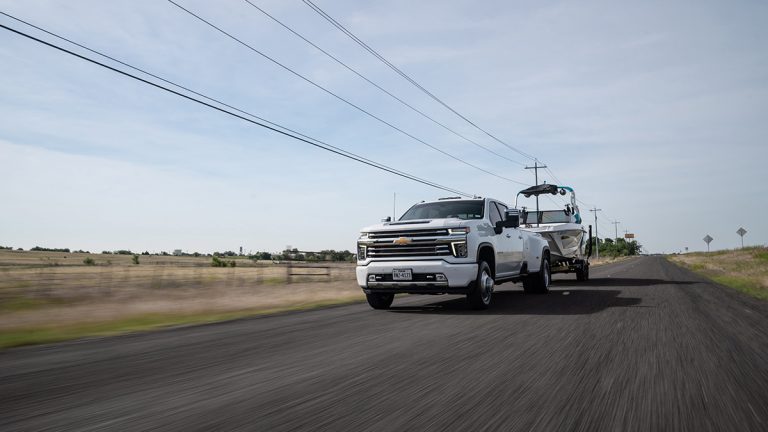
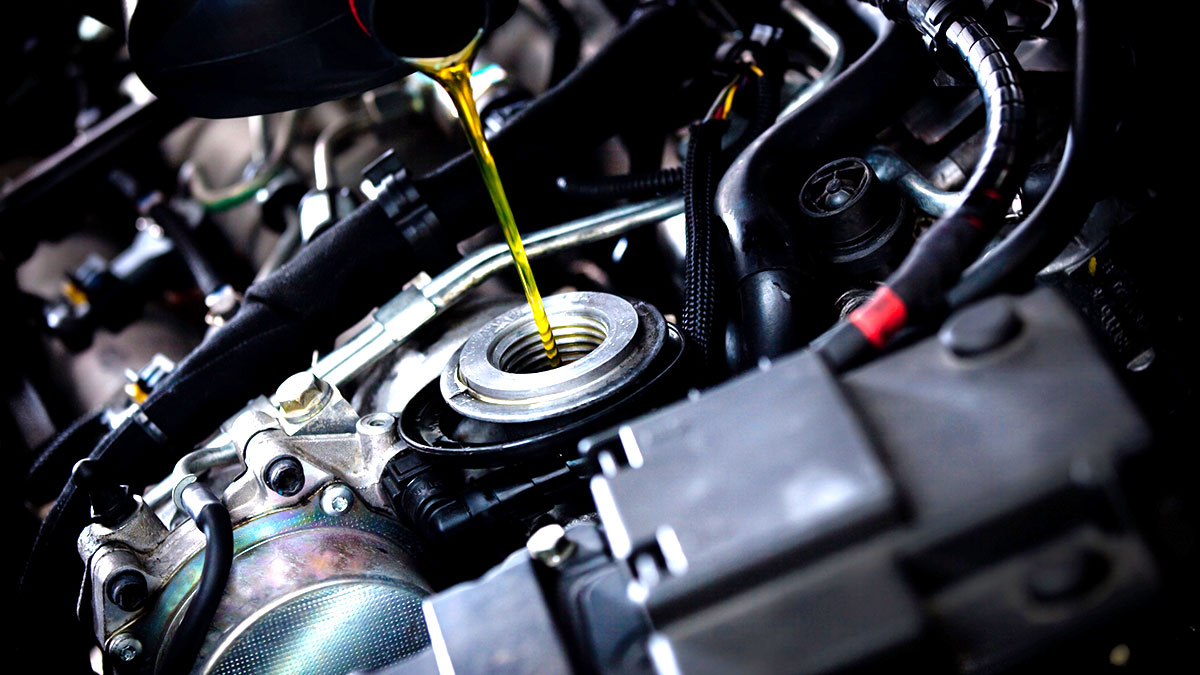
Amsoil, I have a question is there a actual shelf life on our oils? I am a dealer in Ohio I come into this question all the time. Thank you, Richard Smith /zo# 229430
Hi Richard,
Product shelf life varies significantly depending on product design, environmental contamination, chemical contamination and temperature. With proper storage, most liquid lubricants can last five years. Because grease can harden or lose its oil content over time, it generally has a storage
life of two years. For questions regarding shelf life, call AMSOIL Technical Services at (715) 399-TECH.
Thanks,
John
What do you recommend as mileage piles up? I find GM lifters don’t tolerate 5.20 well after 150 and consumption goes up as well.
Hi James,
Once the vehicle is out of warranty, some people like to stray from the viscosity recommendation in the owner’s manual based on vehicle performance and what you’re trying to accomplish. For recommendations, we need more information from you. It’s best to contact AMSOIL Technical Services ([email protected]). They’ll be happy to help.
Thanks.
Amsoil, I own a 2007 Toyota tundra 5.7L ,. It has 119k miles. I bought it only a year ago, only really drive to work and back, so far it’s been everything you hope a Toyota would be… Including quiet when running. About a month ago I started getting the dreaded cold start valve tick , Even in relatively mild temps (48-50) it does fade away after a few minutes, but all I can think about is the damage happening every time I start it. The only thing I’ve done differently , starting last August, was add NMF ionic friction eliminator. This stuff works great in my big rig….but I’m wondering if it’s the cause of the tick developing in the Toyota. It says it’s safe for all motors. What can I do to quiet the old girl? Thanks in advance! ,. Joe M. ,. S.C.
Hi Joe,
Make sure you’re using the correct viscosity for your Tundra, which is 5W-20. A heavier viscosity could cause noise at startup. Also, AMSOIL doesn’t recommend using aftermarket oil additives. They can disrupt the motor oil formulation and lead to problems. Check out this post for details.
Thanks for reading.
Hai
Which oil should i use? My car run 105,000km already. Which right amsoil should i use? Is it 0w20? because i already use 0w20 on my nissan.
We live in a hot country like asian
Hi Zack,
Use our Product Guide to find the right product for your Nissan.
Thanks,
John
I know the corvette calls for 5w30, but says use 15w50 for racing applications. Secondly a car driven in cold weather will have a higher viscosity than one driven in hot weather, again the viscosity range will be pretty wide. It make take 30 minutes or longer for an engine to Come up to temperature in cold weather, heck in extreme cold UT may never reach 180-200°f. Therefore the viscosity of the oil will be substantially thicker as compared to the recommended viscosity.
Amsoil,
I just purchased a 2019 Dodge Charger with the 6.4 liter Hemi and I noticed that the factory oil is 0W-40. The engine from the factory runs 203 degrees to 217 degrees and the oil runs at 220 degrees to 230 degrees and these are just daily driving being nice. I want to install a 190 degree thermostat and bring both the coolant and oil temps down. Do I run the 0W-30 oil if I drop the oil temps down to 210?
Hi Will,
The manual on your car specifies a 0W-40 oil that meets the MS-12633 specification, with no secondary option. As with any vehicle modification, you’re assuming a level of risk when diverging from the OEM viscosity recommendation. OEMs base viscosity recommendations on the clearances they designed in the engine; changing the viscosity of the oil could result in insufficient oil pressure or could starve components of oil. The best practice is to stick with the OEM-recommended viscosity.
Thanks,
John
warning dodge thermostat is picking up the coolant as it comes out of the hot engine so they use 203 stats on many jap cars the thermostat is picking up the cooled flued thats comming out of the rariator so they have to use 180 themostat so my jeep wrangler with a 203. runs cooler than my toyata that had the 180 stat,
i do believe temp drop will effect pollution controls… they raised temp 2 burn more hydrocarbons … mite effect cat/converter …
Lowering the temperature will cause all sorts of emissions issues and will cause codes to appear so like it or not you are stuck with the factory thermostat.
And again. the 0W-40 is merely a CAFE oil and in reality you should be running a 15W-40 or even a 20W-50 if you are driving it the way a hemi is meant to be driven.
I have an 06 Avalanche. It says 5w 30 but my ex put 10w 30 in it. Is that going to be an issue? Im asking because Im not sure what year the tighter restrictions came into play. Thanks ahead of time.
Also, it has over 200k miles on it.. close to 250k
Hi,
You should be fine. A 10W-30 performs the same as a 5W-30 once you reach operating temperature. With the 10W-30, you’re sacrificing some cold-flow at start up since it’s a little thicker when cold. However, switch back to 5W-30 when you’re due for an oil change.
Thanks,
John
How bad would it be if my engine takes 5w30 and I put 0w20 in it?
Hi Zack,
Every engine is slightly different so there’s no way to make specific predictions. However, the manufacturer specifies 5W-30 for a reason. They designed the engine to operate with that viscosity of oil for best protection and performance. Straying from the recommendation could jeopardize wear protection and potentially lead to problems. Stick with what the manufacturer recommends.
Thanks,
John
I put 5w- 30 in a car that unexpectedly takes 10W-40 oil. motor’s a base model early 90s motor with high mileage. I assumed it was the proper type cause previous owner seems to have been putting it in (spare 5/30 qts in trunk) . It started and sounds fine but Do you think i should sacrifice this oil and change it again? (It is coming into summer…)
[1991 Toyota Celica ST]
Hi Skrrt,
Check the owner’s manual first. Maybe it allows for 5W-30, but if not, go ahead and change to 10W-40.
Thanks,
John
You might mind an additive that will increase the viscosity instead of changing it again.
I build street rods and just finished a 1939 Chevy coupe, installed a new LS3 crate engine and 4L60E transmission. The paper work with it says 5-30W, but says that 10-30W can be okay also. I know the drill on oil weights and your right about colder weather start ups, also a fuel consumption gain with the lighter weight oil. As street rods are warm weather driven vehicles there isn’t a issue with cold starts!
In 2004 I purchased a Dodge Ram with 4.7L 5W30 was recommended, I used it for a while but decided to try 0W30, I seemed to get better fuel economy about 60 to 70 miles more per tank of gas. Is this a good practice? I saw no issues with the truck for 15 years of daily driver service.
I have recently purchased a 2018 Ford F150 5.0L which 5W20 is recommended. Could using 0W20 instead of recommended 5W20 cause any detrimental issues? I’m expecting possible better performance as previously experienced.
Hi Dan,
Generally, there are no issues using a 0W oil in place of a 5W, provided it meets the correct specifications. For the 2004 Ram, there are no issues using a 0w-30.
The 2018 Ford F150 with the 5.0L requires an oil meeting the Ford WSS-M2C945-A specification. None of our 0W-20 oils meet that Ford specification, so we don’t recommend it.
Thanks,
John
i can tell u f/experience if u use the “wrong” viscosity & car iz under warranty, they WILL reject ur claim… it does not matter if it iz a difference of 5w / 10w & it iz july… it will not matter 2 them…
There;s no way just oil made a difference in MPG like you think…
17 Camaro SS calls for 5w30 but ill be running 10w30 Zrod. car doesnt get driven below 40 degrees.
Why ZRod? That’s for antique cars with no catalytic converters.
One thing I don’t see clearly answered is a lot of people talking about older cars and the clearances inside the engine increasing over 10-20 years. You focused mainly on older cars not having as tight of tolerances when they are manufactured but I am more curious about the characteristics of engines as the age.
I know with my 2002 Toyota Corolla being 18 years old the last year or so I have increased the viscosity of the oil I used to reduce the amount of oil it was consuming and just using higher milage oil didn’t stop it as much as using high mileage oil that had a higher viscosity.
So my question is for 2002 Honda Civic that is rated for 5W-20, I feel like in places where it doesn’t drop below freezing 10W-30 should be recommended over 5W-20 or 5W-30 and in the north in winter 5W-30 should be sufficient still. What are your thoughts on this and is there any science or testing or manufacturer recommendations for cars way outside of their warranty?
Hi Danny,
Good questions. At the risk of sounding condescendingly obvious, every engine is different. They differ in how they’re made, maintained and driven, so it’s impossible to make a sweeping generalization (i.e. “Use a viscosity grade one number higher in all engines 20 years old or older”) that applies universally in all instances. There simply are too many variables.
Some manufacturers allow you to use a higher-viscosity oil when driving in warmer weather. Some recommend a single viscosity all the time, so start by checking the owner’s manual.
If your older engine burns some oil, using a higher-viscosity oil, as you suggest, can help seal the rings and fill those wider clearances. It’s a common practice that motorists have done for ages.
Our official recommendation at AMSOIL is to stick with the viscosity the manufacturer recommends whenever possible. In older, out-of-warranty engines, however, using a viscosity one rating higher or lower isn’t likely going to cause any issues and can, in cases such as yours, help.
Personally, in my 1998 Corolla, I use 0W-30, despite it calling for 5W-30. The car doesn’t burn oil, so I see no need to bump to XW-40. And, since I live in northern Minnesota, I like the added cold-flow with the 0W winter rating.
I hope that helps. Thanks for reading.
John
Careful, this could be a trap! Contact clearances may increase with wear over time but oil passages may narrow with build-up. A worn motor is just that, and you may need to rebuild or accept it burns some oil, assuming all other reasons for oil loss are eliminated. Going too thick with oil isn’t necessarily the right solution.
took engine out of ’73 vette, bought angle plug heads, now called OFF ROAD heads, engine had 9,552 miles on it … installed it in my 1 yr old chevy van, unfortunately i had NOT heard of AMSOIL yet, so i used m1… after a while of not checking oil level, 1 day i finally did… it was DOWN 2 nothing, meaning NOT 1 drop of oil on dip stick… so i ran in2 garage only 2 find 3 qts of STP 20w50 on shelf, so i put it in… ran just fine… so using MUCH thicker oil will flow just fine in @ least a GM engine… pressure did not change… wen i bought van nu, manual said i could run OIL 4 “7500” miles between changes, so i probably did just that…that was because it was 1st yr of of UNLEADED GAS… used thicker oil in all kinds of cars w/no problems what so ever, when i found it 2 chew oil a little…
“Once u run thicker oil, it’s not a good idea to run thinner oil”
Opinions on this?
wrong!!!!!
It is not bad to switch to fully synthetic oil which flows better and provides better protection unless engine is consuming oil and starving for lubrication.
Whoever created this post is wrong in every way.
LOL I been running 20W-50 on my stock 350 Vortec the last 3 years and she runs like a champ. I’ve been doing donuts in the back of work parking lot. It has 250,000 miles, still driving, she leaks some oil here and there no big deal.
Amazing Blog. Thanks for the Information
I was told to use 0W-30 motor oil in my Dodge Ram 2012 – 5.7 Hemi engine instead of the 5W-20 the factory recommends. Will this harm the modules? Anyone know?
Hi Gregg,
Curious who recommended 0W-30 and why. It’s unlikely it’ll do any damage. 0W means it will flow a little better during cold starts, but the 30 rating means it’ll be a little thicker at operating temperature than Dodge recommends. That can reduce fuel efficiency and potentially impair circulation through those tight tolerances. We recommend using the viscosity Dodge recommends and switching back to 5W-20.
Thanks,
John
No. It wont effect much; it may be more beneficial if ambient temperature drops less than subzero.
No it will NOT harm anything.
The only reason 5W-20 is used is to meet the EPA CAFE standards for gas mileage.
You can in fact use 0W-30, 5W-30, or even 10W-30 oil with no issues except that the engine will run quieter and last longer.
As ALWAYS, the viscosity of the oil you need to use depends on the climate and driving conditions.
If you live in southern California, Florida, or the desert southwest you can easily run a 10w-30 year round.
If you live in northern states a 5W-30 is a better choice.
The ONLY reason new engines now come with 0W-20 oil instead of the 0W-30 they SHOULD be using is to satisfy the CAFE standards.
Running these ultra thin oils in warm climates and in the summer heat can cause excess engine wear, and oil burning.
It has NOTHING to do with VVT or tolerances since ALL these engines leak oil past the piston rings worse than a 1950s Edsel; it’s obvious their tolerances are extremely loose.
It’s all done to “save the planet” by destroying your engine.
This is why virtually every car company has been sued over massive oil consumption problems.
The ultra thin CAFE oil simply blows right past the rings and creates massive amounts of deposits on the pistons and valves.
I have used 0W-30 in my Jeep that came with 0W-20 oil from day one and unlike everybody else I have had no oil consumption problem or the noisy diesel sounding engine when idling like most others have these days.
I have a question about a new oil that AMSOIL has come out with. Yes I am a Dealer for AMSOIL and a Harley rider. Yes I know AMSOIL and the motor company suggests 20W-50 oil for all temperatures and even in extreme temperatures a straight 60W. Understanding the flow of the lower viscosity quicker to the journals and lifters, my question is the new AMSOIL 15W-60 made for the Victory and Indians, why would that not be fit for the Harleys? My way of thinking is that would be the best of both worlds as my 2020 has catalytic converters on it so I can’t run the DOMINATOR series because of the added zinc. My 2002 FHLTCI has had AMSOIL in it the last 120,000 miles and now has logged 206,494 miles with 15W-50 DOMINATOR and, yes, the 2002 does not have catalytic convertors in 2002. I really would appreciate an answer and the reason I did it here and not on the phone is so others could be informed.. Thank you
Hi Robert,
In your case, we recommend SAE60 Synthetic V-Twin Motorcycle Oil since the manufacturer recommends a straight SAE60 in extreme temperatures. The 15W-60 is a low-zinc oil, thus catalytic-converter friendly. Harley oils have increased zinc, so we follow suit and recommend that for your application and operating conditions.
Thanks,
John
Hi. I recently made on online purchase from a parts store of 4 quarts of Bel Ray 10W-40 mineral oil MC-4T for a 2001 BMW R1150 GS motorcycle. I drained the oil today and changed oil filter and starting putting in the new oil. I looked at the first bottle to confirm before starting. The third bottle seemed to have a different color and it took me a second or two to realize. I looked at the bottle and they’d sent me a quart of Bel Ray 20W fork oil. I probably put in about a cup of it. I am not enough of a mechanic to know what to do now. Do I need to drain it all and start again?
Hi Frank,
That’s too bad; I hope you contacted the retailer to get the product you originally ordered.
I can’t tell you definitively what to do, but I can tell you what I’d do. First, I’d try to contact BMW’s tech division and see what they recommend. My suspicion is that they’ll tell you to drain the sump and install new oil. One cup of fork oil isn’t much, but in my experience the OEM always plays it safe. If I couldn’t get a hold of BMW, I’d simply be proactive and change the oil. I’d contact the retailer and tell them what happened. Maybe they’ll provide a new order free of charge since their mistake caused the problem. It’s worth a shot.
Good luck,
John
All else being equal, if you are going to change viscosities, it is usually preferable to change the left number than the right, since the right indicates the viscosity of the oil at full operating temperature; a 0W-20 and 5W-20 both become a 20-weight when the oil is fully warmed up.
That said, there is one particular situation worth noting with changing viscosities.
If the manufacturer recommends 5W-30 oil and you live in a cold weather climate, want to get better fuel economy, or put your car through occasional track use, it is perfectly okay to switch to a 0W-30 oil to get better cold-weather/acceleration properties since it is difficult, if not impossible, to make a 0W-30 without making the oil a 100% synthetic oil, while a 5W-30 is much easier to make with conventional materials which are less expense.
However, while AMSOIL offers 0W-30, there are two caveats to keep in mind:
(1) 0W-30 is only sold as Signature Series Synthetic Motor Oil, in part due to the high demands on the oil as listed previously. Keep this in mind if you normally purchase XL or OE motor oil.
(2) As a corollary to #1, your car needs to be able to run on 5W-30 Signature Series. If your car runs on one of AMSOIL’s European motor oils, you cannot switch for the same reasons (such as emission controls) that you cannot switch to a 5W-30 U.S. motor oil.